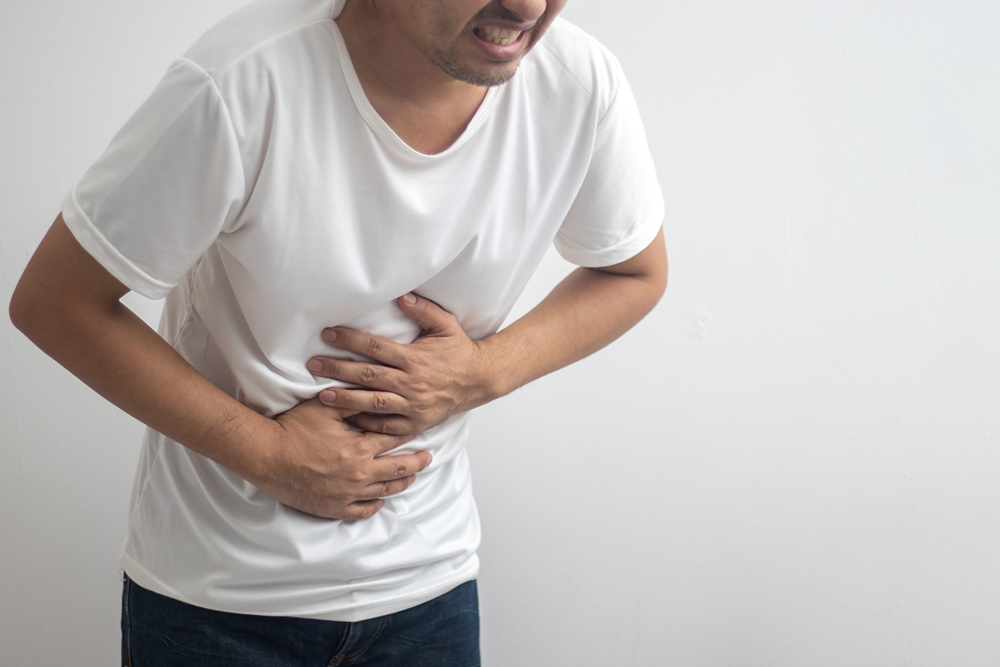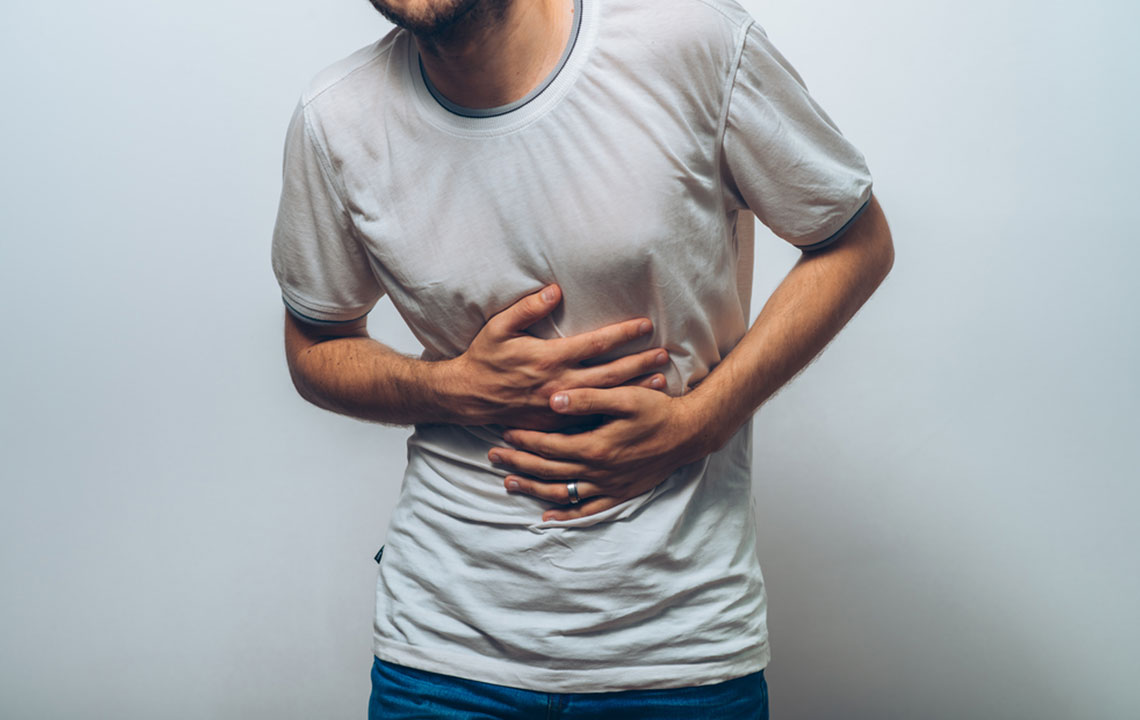Comprehensive Guide to Bile Duct Inflammation: Types and Recognizable Signs
This article provides an in-depth overview of cholangitis, covering its main types, including acute and chronic forms like primary sclerosing and biliary cholangitis. It details common signs such as abdominal pain, fever, jaundice, and other symptoms. Recognizing these indicators early can be lifesaving, allowing for timely diagnosis and effective treatment strategies. Understanding the condition’s progression and symptoms helps patients seek prompt medical care and manage the disease effectively.

Comprehensive Guide to Bile Duct Inflammation: Types and Recognizable Signs
Inflammation of the bile duct, known as cholangitis, affects the tube carrying bile from the liver to the intestine. Causes vary, leading to different forms of the condition. Identifying the symptoms specific to each type is vital for timely treatment. Awareness of cholangitis's diverse presentations enables early detection and effective management.
Major classifications of cholangitis
Cholangitis is mainly divided into acute and chronic types. Chronic forms include primary sclerosing cholangitis and primary biliary cholangitis—both common and serious.
Acute cholangitis
This sudden condition usually results from bacterial infection or gallstone-related blockage, often requiring urgent medical attention to prevent complications.
Chronic cholangitis
Primary sclerosing cholangitis: Affects both intra- and extrahepatic bile ducts, leading to scarring, narrowing, and blockages.
Primary biliary cholangitis: Primarily damages small bile ducts inside the liver, risking toxin buildup, liver scarring, and cirrhosis, especially in women.
Primary biliary cholangitis mostly impacts women and can result in significant liver harm, including failure.
Signs and Symptoms of Cholestasis
Symptoms depend on the type and severity of inflammation. Detecting these signs early ensures prompt intervention.
Symptoms of acute cholangitis
1. Abdominal pain
Pain typically appears in the upper right abdomen due to inflammation or blockage of the bile ducts.
2. Fever
Infection triggers immune response, often causing fever.
3. Jaundice
Obstruction or swelling prevents bile flow, leading to yellowing of skin and eyes (jaundice).
The combination of right upper abdominal pain, fever, and jaundice is called Charcot's triad. In severe cases, signs like shock and mental confusion may occur.
4. Low blood pressure
Hypotension indicates systemic infection response, potentially signaling shock.
5. Fast heartbeat
Tachycardia can suggest sepsis or systemic inflammatory response.
6. Altered mental state
Bile toxins entering the bloodstream may cause confusion or delirium, known as Reynolds pentad when combined with other symptoms.
7. Changes in stool and urine
Pale stools and dark urine are signs of disrupted bile flow.
8. Digestive disturbances
Malabsorption may cause greasy stools and diarrhea due to bile duct blockage.
9. Extreme fatigue
Significant tiredness often results from ongoing inflammation.
10. Nausea and vomiting
Gastrointestinal upset from bile flow obstruction can cause nausea and vomiting.
11. Skin Itching
Itching caused by bile components in the blood can affect skin sensitivity.
Chronic cholangitis symptoms
Often developing gradually or being asymptomatic, chronic cholangitis presents with symptoms similar to acute episodes, including jaundice, itching, and right-sided abdominal discomfort. Other signs include:
Dry eyes or mouth
Swelling in legs and ankles
Skin darkening (hyperpigmentation)
Muscle, joint, and bone pains
Bloating or fluid buildup in the abdomen
Deposits of fat around the eyes, elbows, knees, and palms
Since symptoms may overlap with other conditions, prompt medical consultation is crucial if warning signs are observed for proper diagnosis and management.


